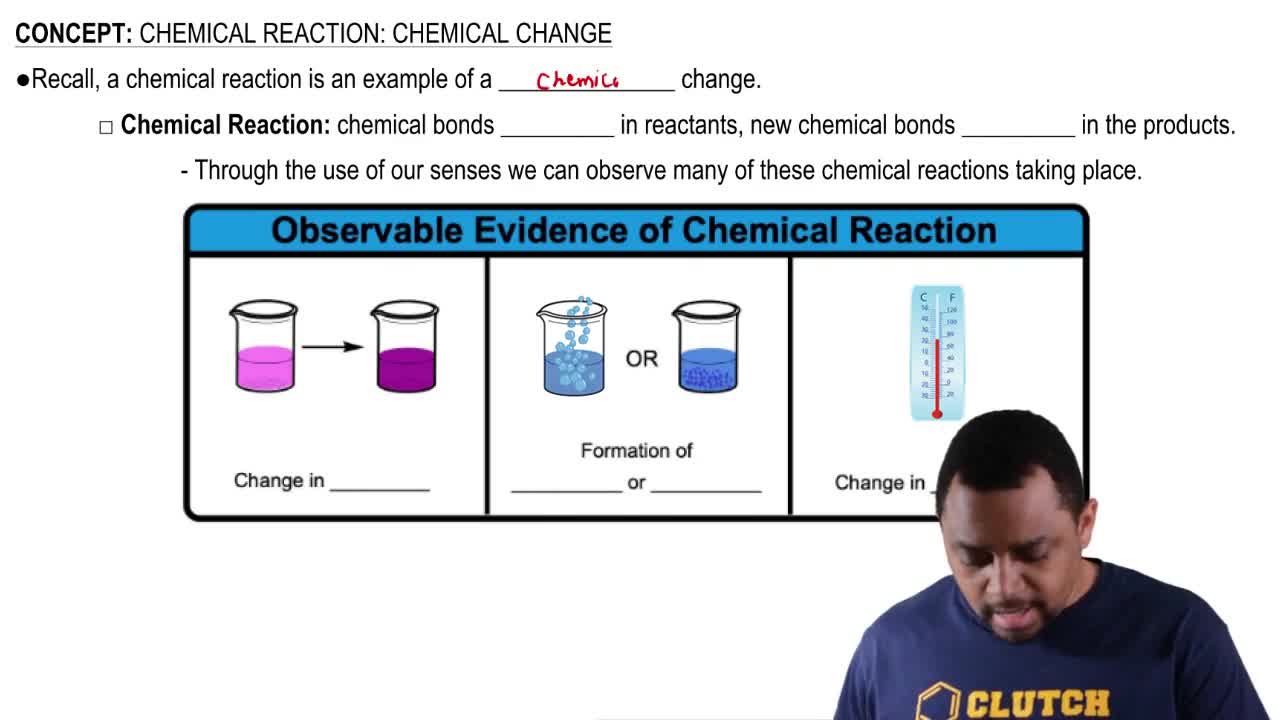If the density of ethanol, CH3CH2OH, is 0.789 g/mL, how many milliliters of ethanol are needed to produce 4.8 g of H2O in the following reaction?
CH3CH2OH (l) + 3 O2 (g) → 3 H2O (l) + 2 CO2 (g)
 Verified step by step guidance
Verified step by step guidance Verified video answer for a similar problem:
Verified video answer for a similar problem:

